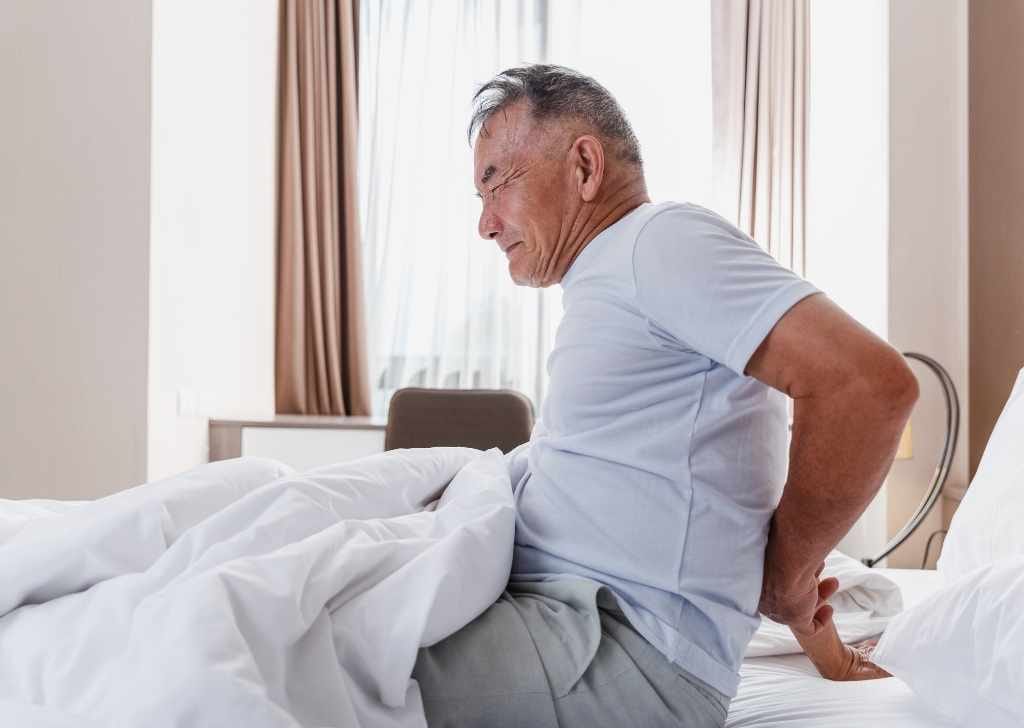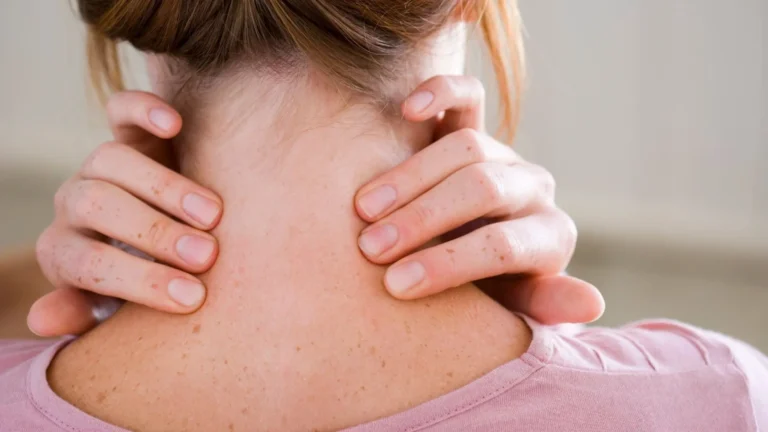If you’re struggling to sleep because of a slipped disc in your spine, the position you sleep in could either ease your pain or make it worse. Understanding your spinal condition and how to support your body properly during rest is key to improving recovery and quality of life.
For those suffering from slipped disc pain, Regenesis offers slipped disc treatment in Subang Jaya that includes expert physiotherapy guidance on sleep, movement, and recovery planning tailored to your condition.
What Is a Slipped Disc in the Spine?
A slipped disc, also called a herniated or prolapsed disc happens when one of the soft cushioning discs between your spine’s vertebrae bulges or ruptures. This puts pressure on nearby nerves, often leading to pain, numbness, or tingling down your back, legs, or arms depending on the disc’s location.
The lumbar spine (lower back) is where slipped discs commonly occur, especially between the L4-L5 or L5-S1 vertebrae. In many cases, daily activities like sitting too long, improper lifting, or poor posture can contribute to or worsen the condition.
Not sure if your pain is from a slipped disc? Symptoms often include:
- Sharp or burning pain in the lower back or buttocks
- Pain that shoots down one leg (sciatica)
- Muscle weakness or numbness
- Difficulty bending, twisting, or sitting comfortably
While many cases resolve over time, ignoring the pain, especially when it disrupts sleep can delay healing and cause long-term nerve irritation.
How a Slipped Disc Affects Your Sleep
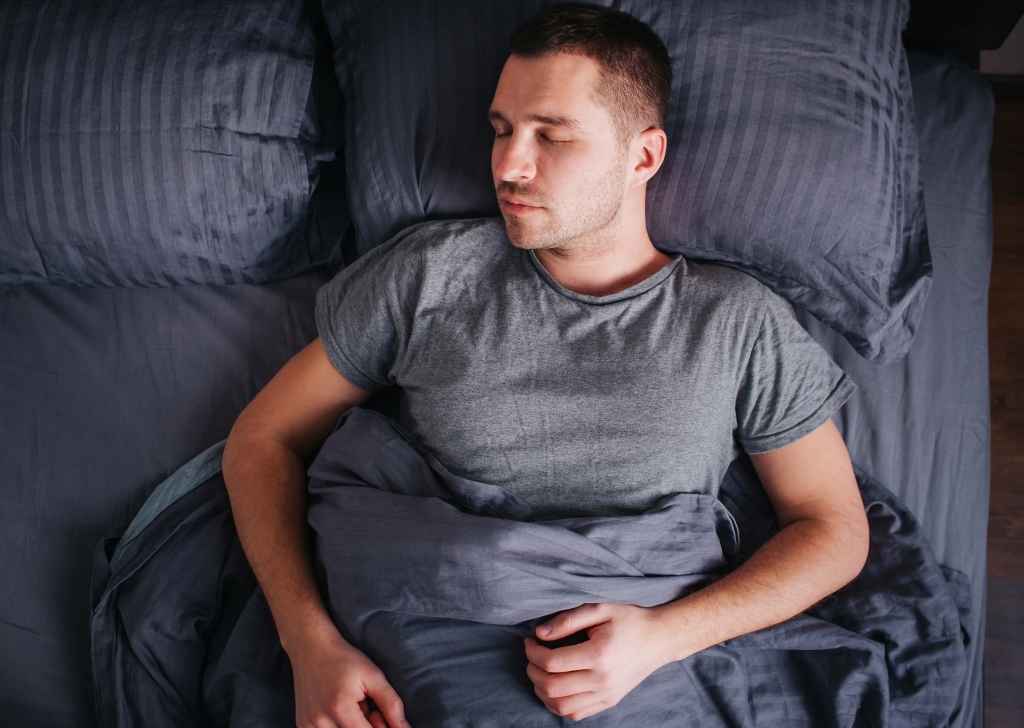
Sleep is essential for recovery, but for those with a slipped disc in the spine, night-time can be when discomfort peaks. Why? Because certain sleeping positions may put added pressure on the affected disc or surrounding nerves, making the pain more intense when the body is supposed to rest.
When lying down, gravity no longer helps your spine stay naturally aligned. Without the right support, this can lead to:
- Increased nerve compression
- Muscle stiffness in the lower back
- Spinal misalignment during rest
- Interrupted sleep cycles due to discomfort
In some cases, people unknowingly shift into painful positions during sleep, causing them to wake up sore or unable to move easily. Over time, poor sleep quality can slow down the healing process, affect mood, and reduce your body’s ability to manage pain naturally.
But the good news? The right sleeping position, mattress, and pillow setup can significantly ease your symptoms and help you sleep better through the night.
Best Sleeping Positions for Slipped Disc Relief
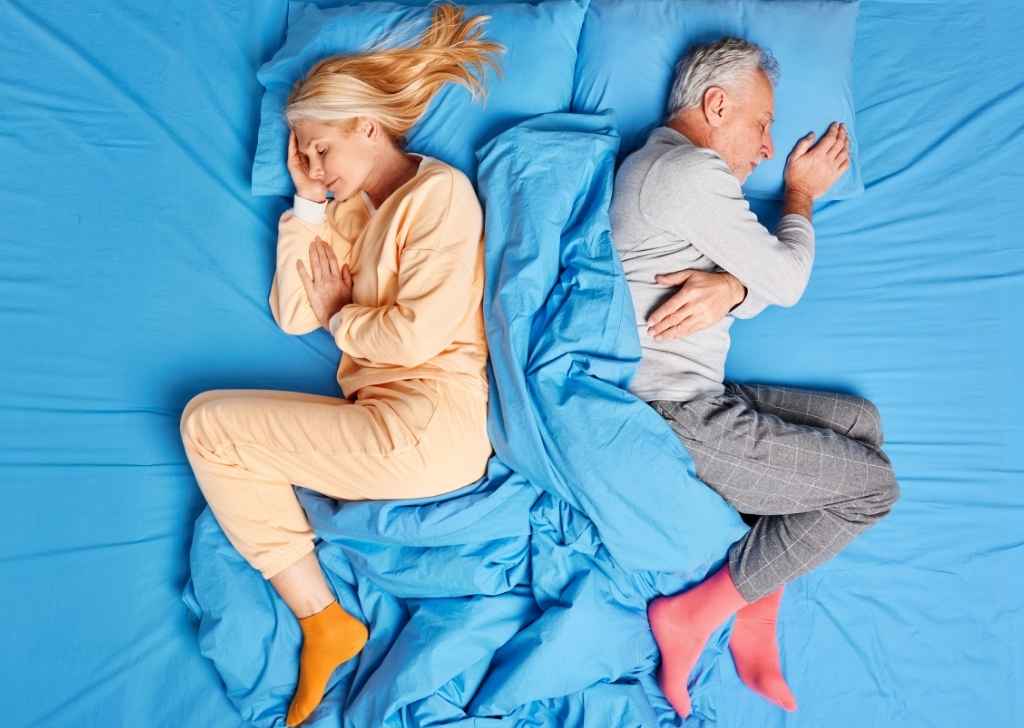
On Your Side with a Pillow Between Your Knees
This is one of the most recommended positions for individuals with a slipped disc, especially in the lower back. Lying on your side keeps your spine in a natural curve. Placing a firm pillow between your knees helps prevent your top leg from twisting your spine. This also keeps your hips aligned and easing tension in the lumbar region.On Your Side in the Fetal Position
Curling into a loose fetal position on your side with your knees pulled slightly toward your chest can open up the space between the vertebrae and relieve nerve compression. This is especially helpful for herniated discs in the lumbar or thoracic areas.On Your Stomach with a Pillow Under Your Abdomen
While stomach sleeping is usually discouraged, placing a pillow under your pelvis or lower abdomen can reduce pressure on the spine. This can help some people, particularly if you’re dealing with a slipped disc in the thoracic region.On Your Back
Lying flat on your back with a small pillow under your knees can help maintain the natural curve of your spine and reduce strain. This neutral position evenly distributes weight across your back and prevents pressure on the affected disc.In a Reclined Position
Some people find relief sleeping in a recliner or on an adjustable bed. A slight incline reduces pressure on the lower spine and can help ease symptoms. This position mimics the lumbar support offered in certain therapeutic chairs and is especially useful for those with severe pain.Sleep with Your Head in a Neutral Position
No matter which position you choose, make sure your head and neck are supported in a neutral position. Avoid high pillows that push your neck forward or sideways. This can cause added tension across your spine. A contoured pillow designed for cervical support is ideal.If you’re still unsure about which position suits your condition best or wonder it might be something else like scoliosis, check out our treatment for a curved spine here.Other Beneficial Tips for People with Slipped Disc in Spine
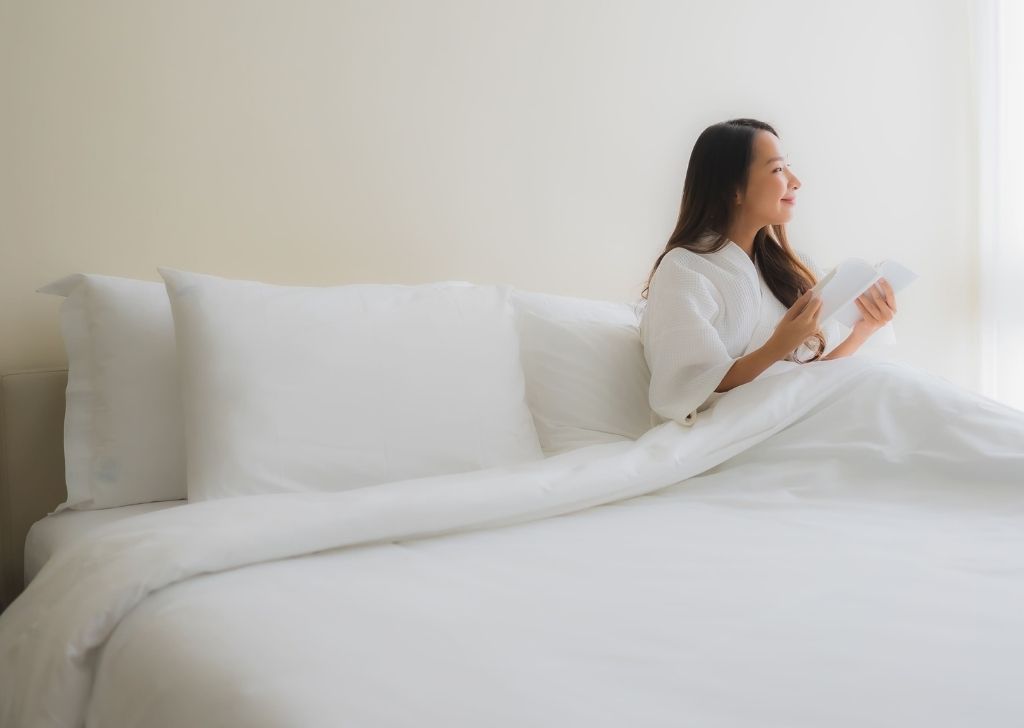
Getting restful sleep isn’t just about position. Your sleeping environment, daily habits, and even the support of your spine throughout the day can dramatically affect your comfort and recovery. Below are practical tips to support spinal health and ease discomfort at night.
Proper Spine Alignment Is Key
Spinal alignment doesn’t stop when the lights go off. Keep your head, shoulders, and hips aligned while lying down. If your lower back arches off the bed, place a small pillow beneath your knees or hips. Good alignment reduces stress on your discs and prevents unnecessary pain.
Choose the Right Mattress
A mattress that is too soft can cause the spine to sink and twist. One that is too firm might increase pressure on the shoulders and hips. Opt for a medium-firm mattress that contours to your body while supporting the natural curves of your spine. Over time, this investment can significantly improve your recovery from a slipped disc.
Choose a Suitable Pillow
Use a pillow that keeps your head in line with your spine. For back sleepers, a thinner pillow is best. For side sleepers, a thicker pillow that fills the gap between neck and mattress helps maintain neck alignment. You can even explore cervical pillows designed specifically for spine-related conditions.
Invest in a Mattress Topper
If changing your mattress isn’t an option, a high-quality mattress topper can offer added support and comfort. Look for toppers made from memory foam or latex, which provide pressure relief and help maintain spinal alignment throughout the night.
Get an Adjustable Bed
An adjustable bed allows you to slightly elevate your upper body or legs, which can be a game-changer for slipped disc sufferers. Elevating the legs slightly can ease pressure on the lower back, while reclining the upper body supports a more natural spinal curve.
Find a Proper Sitting Position
Your daytime habits play a major role in how well you sleep at night, especially if you’re dealing with a slipped disc in the spine. Poor sitting posture, particularly during long hours at a desk or while driving, puts unnecessary pressure on the spinal discs, aggravating lower back pain that often flares up when you lie down.
Engage in Physical Therapy
Slipped disc recovery doesn’t stop at night. Regenesis in Subang Jaya helps realign and strengthen the spine, often reducing sleep disturbances. Therapeutic exercises, postural correction, and pain relief strategies make physiotherapy one of the most effective long-term solutions.
Quick, Simple Relief Methods You Can Do At Home For A Slipped Disc

Apply Cold or Heat Therapy
For new or inflamed disc issues, cold packs can help reduce swelling and numb sharp pain. After the initial inflammation subsides, switching to heat therapy may help loosen tight muscles and improve blood circulation to the injured area. Apply for 15–20 minutes at a time before bed for added comfort.Limit Aggravating Movements
Avoid bending forward or lifting heavy items throughout the day, as these actions can further strain the spine. Small, repeated irritations can worsen the disc herniation and intensify nighttime pain. Stick to slow, controlled movements and maintain neutral spine positions wherever possible.Practice Gentle Stretching Before Bed
Stretching your lower back, hips, and hamstrings before sleeping can relieve pressure on the spinal discs. Exercises like pelvic tilts, child’s pose, or knee-to-chest stretches can relax tight muscles and prepare your body for rest. Always consult a physiotherapist to ensure these stretches are safe for your condition.Frequently Asked Questions (FAQ) – Physiotherapy For Slipped Disc
A slipped disc usually occurs when too much pressure is placed on the spine. If you are someone who lifts heavy objects incorrectly, prolonged sitting, poor posture, or sudden twisting movements. Over time, the spinal discs can weaken, making them more prone to herniation from everyday stress or physical strain.
People with a slipped disc often describe a sharp, shooting pain that travels from the back down the legs (sciatica). Others experience numbness, tingling, or muscle weakness. In some cases, even simple movements like bending or sneezing can intensify the pain.
Yes, slipped disc symptoms can fluctuate. Some days may feel better, while others may worsen especially after long periods of sitting, standing, or exertion. However, recurring pain signals the need for proper management.
While rare, a severely slipped disc that compresses the spinal cord or nerves for a prolonged period may lead to complications such as loss of bladder or bowel control or even partial paralysis. Immediate medical attention is needed if such symptoms occur.
Not necessarily. Many people recover from a slipped disc with proper care, including physiotherapy, exercise, and lifestyle adjustments. However, without treatment, it can become a chronic condition. Early intervention improves the chance of full recovery and prevents future episodes.
Let’s Help You Sleep Better and Heal Faster

Living with a slipped disc doesn’t mean compromising your sleep or quality of life. At Regenesis Physiotherapy Subang Jaya, we offer personalised slipped disc treatments that target the root cause of your pain and support your recovery with expert care.
Our team of licensed physiotherapists designs treatment plans that blend spinal mobilisation, core strengthening, posture correction, and education – ensuring long-term relief beyond just symptom management.
Book your consultation today and reclaim your rest, mobility, and life.


